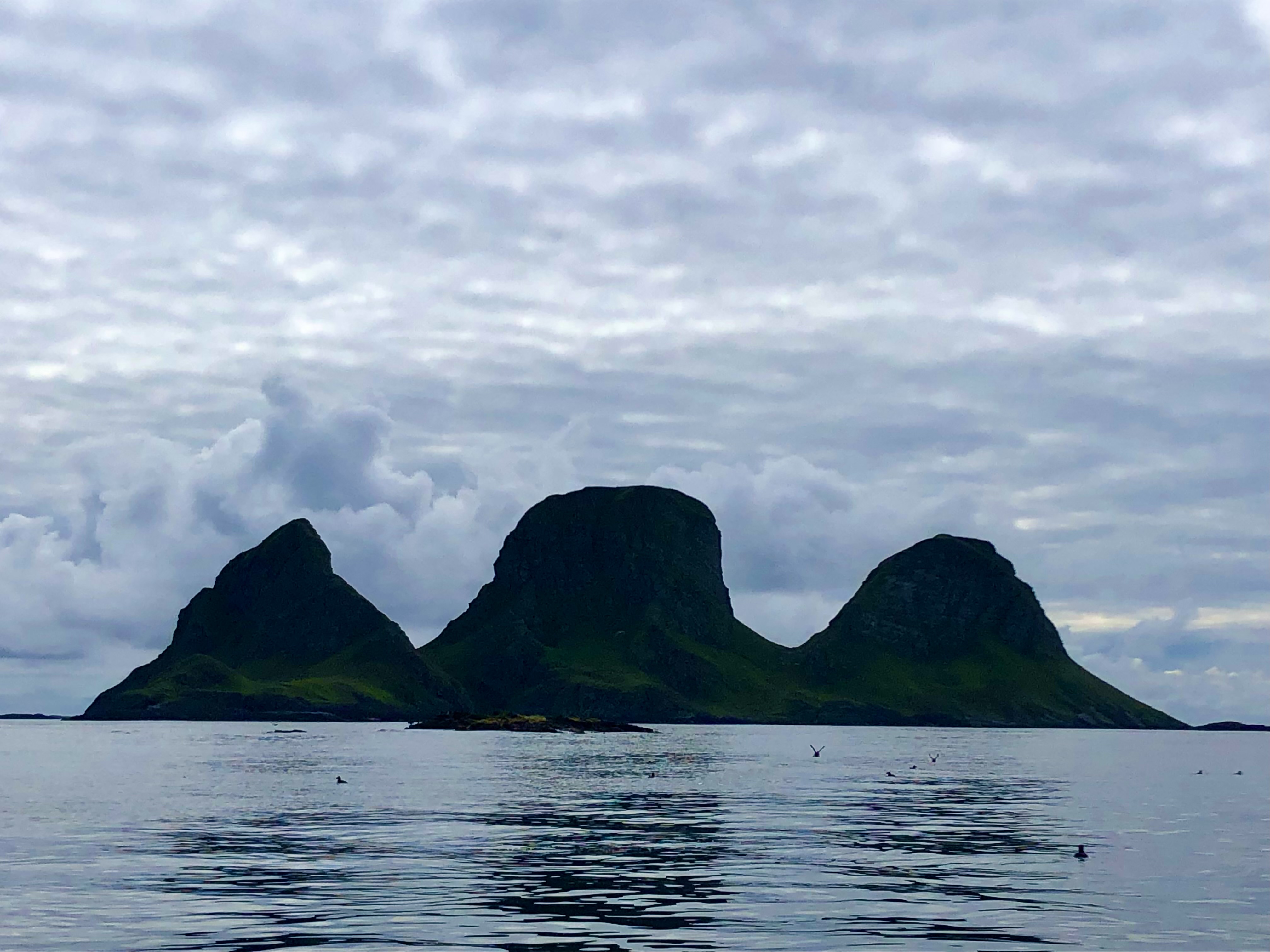Pelagic Dreamscape (2023)
For orchestra (20’)
WP by WDR Symphony Orchestra 20.05.23 conducted by Sylvain Cambreling at Musik der Zeit at Funkhaus, Köln.
Norwegian premiere in Bodø (NO) European Cultural Capital 2024 by Arctic Philharmonic.
Score

Since old days, people have taken signs from the birds.
With rapid wingbeats and their bright, almost glassy song, the black guillemot brings the first harbinger of spring, followed by the kittiwake and the oystercatcher, who sing the very song of the spring sea.
In the middle of the open ocean, in the pelagic island landscape, you hear the repetitive drumming song of the common snipe.
The buzzing of insects tickles your ear before everything is swallowed up by big waves.
Rolling up and down with powerful forces; the pelagic zone can be thought of as an imaginary cylinder or water column between the surface of the sea and the bottom.
We are flying, we are on solid ground, we are floating, we are underwater.
The airy pulsating rhythm of our oxygen bubbles is accompanied by the insistent rhythms from cod, haddock and tusk.
Instead of vocal cords they rub or click bony structures together, while others use their swim bladder like a drum. The particle movement in the sound is heard with the help of ear stones, otoliths.
They listen, they sing.
A rumbling chorus of glissandoing orcas hunting silvery shiny herrings are taking over the scene, while we reach the bottom where the kelp beds and coral forests surround us.
It's getting louder and louder. Seismic surveys, explosions, construction, and sonar.
Powerful, low-frequency sound waves and hammering air cannons are masking the natural habitats, leaving them silent, unable to communicate and hear each other, muting the sounds of the marine life.
We go through the imaginary cylinder reaching the surface.
The sound of wings tells of what is to come.

Thanks to the researchers Lise Doksæter Sivle and Karen de Jong at Institute of Marine Research for sharing underwater recordings. These recordings of fishes, whales and human-created underwater noise from the Norwegian coast are important source material for the piece. Also big thanks to ornithologist Steve Baines for guiding during birdwatching at Røst in Lofoten.